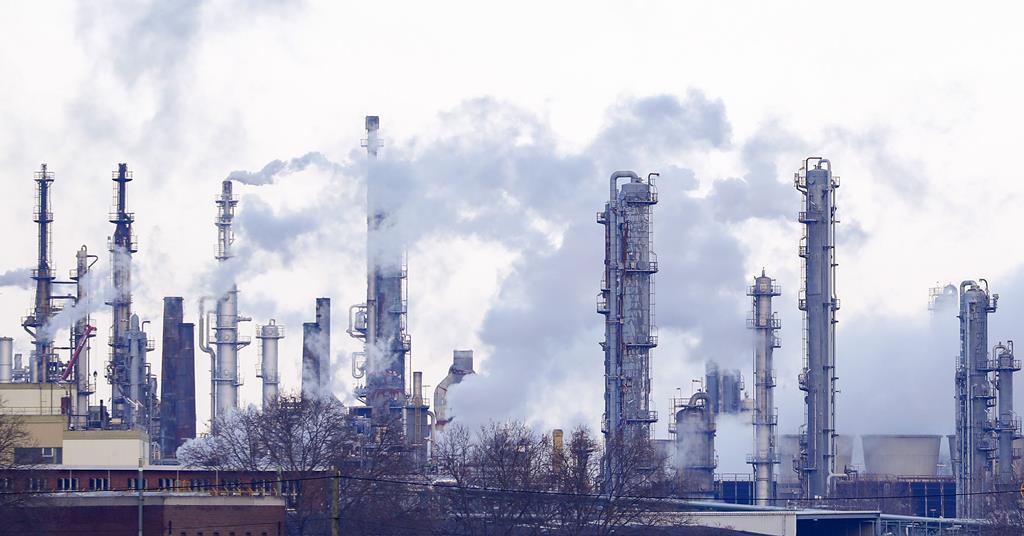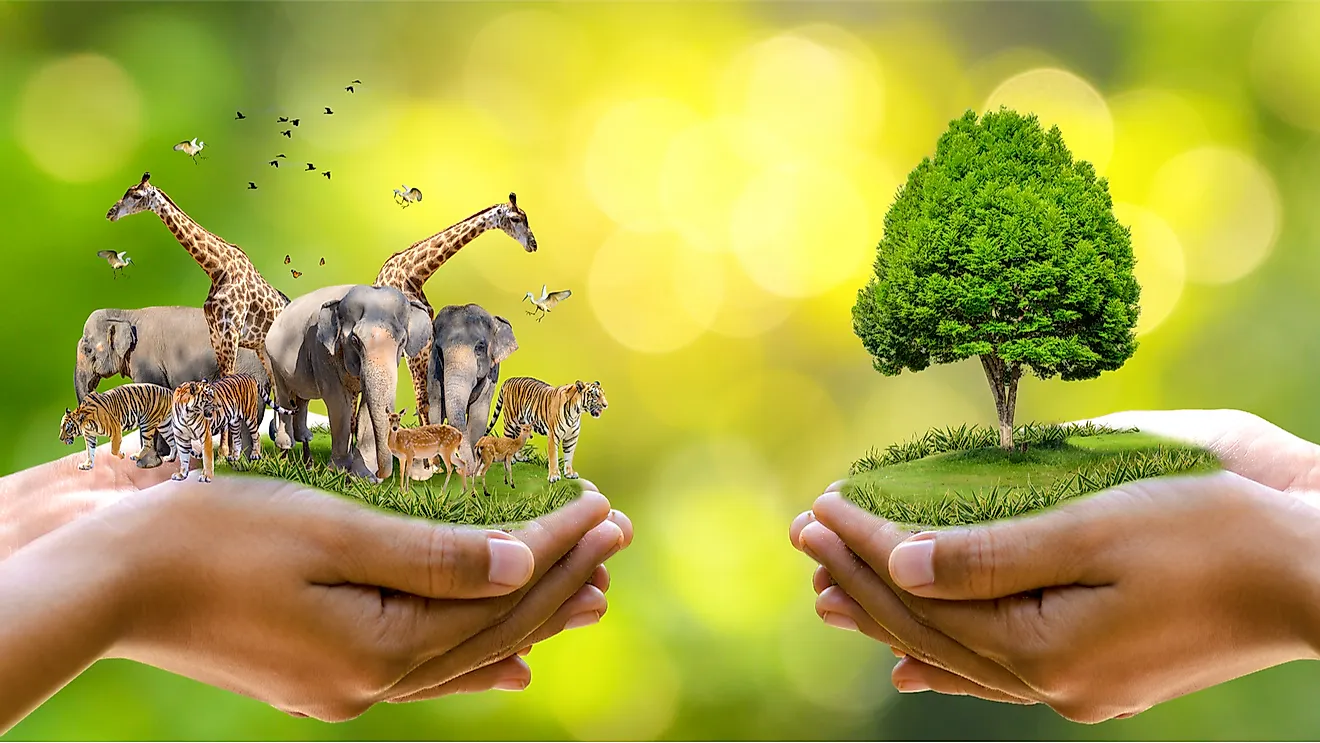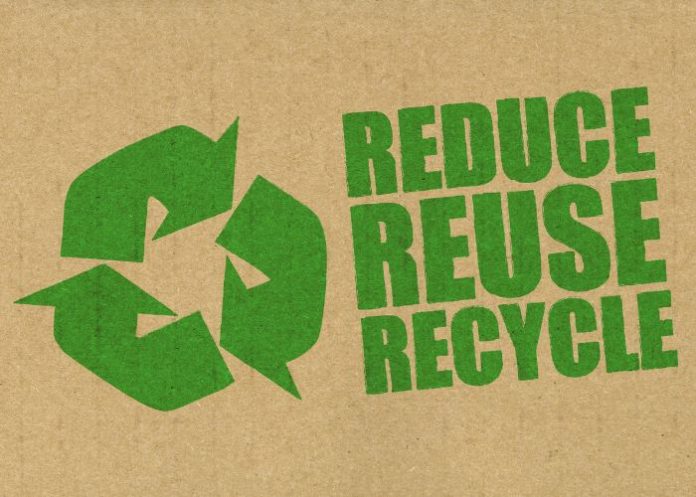Avoiding the creation of waste is the most efficient strategy to reduce it. The extraction of raw materials from the earth, the manufacture of the product, and its transportation to the location where it will be sold all result in greenhouse gas emissions that contribute to climate change. Peter Biantes encourages the best strategies to conserve natural resources, save the environment, and make savings through reduction and reuse. It’s encouraging to see individuals appreciate the advantages of recycling and reusing in a society where practicality frequently takes a backseat to convenience.
It’s crucial to reduce, reuse, and recycle waste to protect the environment. You may contribute to the preservation of natural resources and the avoidance of pollution by reducing the amount of garbage you produce.
Reusing materials reduces the need to generate as much new material, which saves energy and lowers emissions from factories. Recycling, which creates new goods from waste, also lessens its impact on the environment. All of these things support the sustainability and well-being of our planet!
How is the environment benefited by reducing, reusing, and recycling? Let’s examine the advantages these procedures have for the environment says Peter Biantes.
Advantages of Reusing and Recycling
Manufacturing Emissions Reduction

One of the biggest issues we are now dealing with is global warming. Global warming: What is it? Global warming is the rise in average global temperature brought on by human-caused greenhouse gas emissions. We must take action to lessen our impact on the environment, which entails cutting back on pollution in general as well as greenhouse gas emissions.
How does recycling aid in the fight against global warming? Reusing materials lessens the demand for brand-new product creation. Because producing goods requires energy and emits emissions, this may eventually result in a reduction of emissions from manufacturing plants.
Using Less, Reusing More, and Recycling Saving Energy

Peter Biantes said that Recycling not only lowers greenhouse gas emissions and air pollution but also improves our ability to use energy. Reusing resources helps to extend the life of existing objects as well as stop the production of brand-new ones. As a result, fewer natural resources need to be processed and extracted from the earth. Consequently, we are utilising less energy overall.
Resource Conservation
When we use the environment more than is necessary, it suffers severely. Reusing and recycling reduce the need for fresh resources to be mined. For instance, when we repurpose glass jars in our cabinets to house jam or peanut butter, we aren’t using brand-new glass.
The fact that paper and cardboard make up roughly one-third of the waste we dump in landfills surprises a lot of people. By lowering the demand for new paper, we relieve pressure on the resources needed for paper manufacture, which puts less strain on the environment. By avoiding printing pointless documents or opting for electronic alternatives, we can lessen the need for paper.
It Promotes the Preservation of Wildlife

The health of our environment depends on our natural resources. People’s effects on the environment can be particularly detrimental to wildlife. Due to habitat loss from deforestation, several species are in danger of going extinct.
Recycling contributes to the preservation of the ecosystem for wildlife. We’re keeping forests where animals dwell from being destroyed by lowering the need for new paper. Additionally, the likelihood that plastics would be eaten by wild animals is decreased when we reuse them rather than throwing them in landfills. Thus, recycling makes you feel good since it benefits animals.
Reduced Waste at Landfills
Reducing the need to create new goods is one of the main advantages of recycling and reusing materials. This implies that we also lessen the need to dispose of objects in landfills.
Resources that are never put to good use are overflowing landfills. Even though many items can be recycled and reused, most people just throw them away. For individuals attempting to do their part to protect the environment, this can be difficult.
We all need to address this issue because there are many misconceptions regarding what can and cannot be recycled. We must cooperate to inform the public about the significance of recycling and reusing, as well as the most basic things individuals can do.
What are a few easy actions you can take? Use electronic versions to replace paper ones to save on paper. Instead of purchasing new ones each time you go shopping, reuse containers and bags. And recycle whenever you can, even if it starts with only bottles and cans! Making little improvements can have a significant impact over time; major changes don’t always have to be made right away.
Reduce waste and emissions by purchasing old goods instead of buying new ones or disposing of them in landfills. Make sure others can reuse your old clothes, electronics, and building supplies by donating them! Purchase items created with recyclable materials.
Lastly
How is the environment benefited by reducing, reusing, and recycling? These are just a few of the significant environmental advantages that reducing, reusing, and recycling may bring about. We must all take steps to lessen our impact on the environment. Right today, there are effective strategies to save the environment by reducing, reusing, and recycling, says Peter Biantes.














